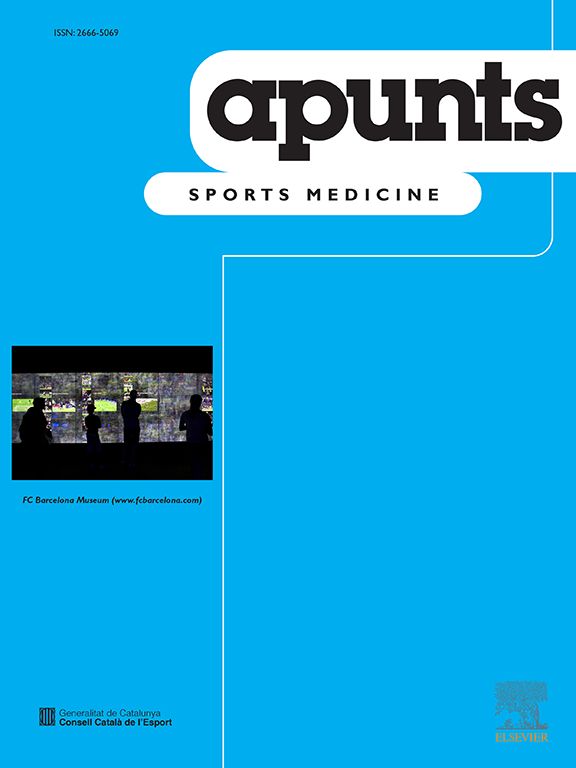Physical activity and especially competitive sports are continuously affected by a high incidence of injury, which is difficult to reduce. This article reviews the literature on the different neuromuscular risk factors predisposing athletes to suffer a higher incidence of injury, especially in those sports where jumps, changes of direction and high speed changes (acceleration and deceleration) dominate. The current literature emphasizes the following injury risk factors related to control of the neuromuscular system: muscle fatigue, changes in the intensity and time of muscle activation, decreased muscle coactivation, increased dynamic knee valgus, inappropriate muscle stiffness, deficits in postural stability, impaired proprioception, core deficits, neuromuscular imbalances between dominant and non-dominant leg, and decreased feedforward mechanism. The analysis of these risk factors provides a practical guide for the design of prevention programs for each type of sport, and will be useful for coaches, physical trainers and physiotherapists.
The Impact Factor measures the average number of citations received in a particular year by papers published in the journal during the two preceding years.
© Clarivate Analytics, Journal Citation Reports 2025
SRJ is a prestige metric based on the idea that not all citations are the same. SJR uses a similar algorithm as the Google page rank; it provides a quantitative and qualitative measure of the journal's impact.
See moreSNIP measures contextual citation impact by wighting citations based on the total number of citations in a subject field.
See more




